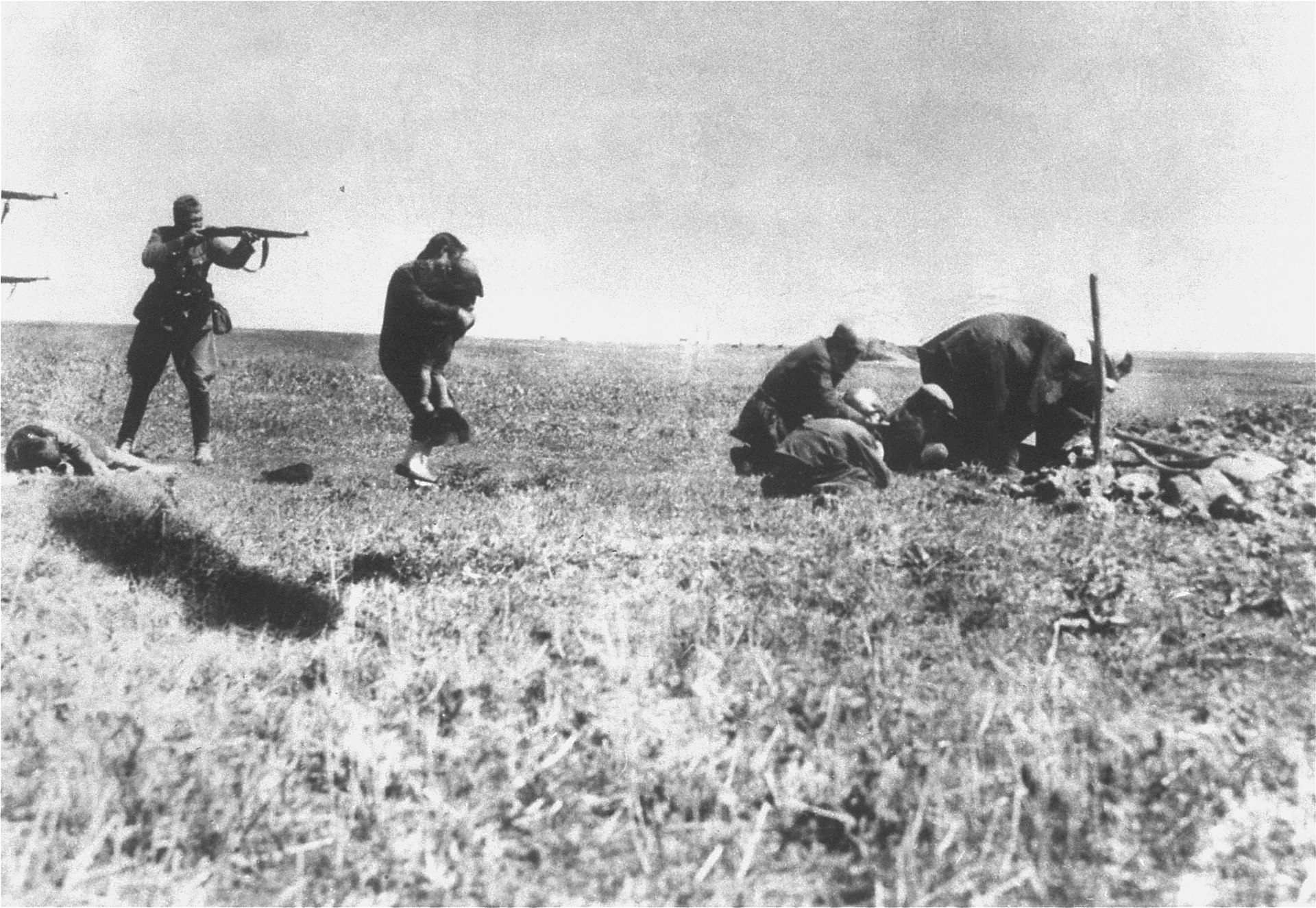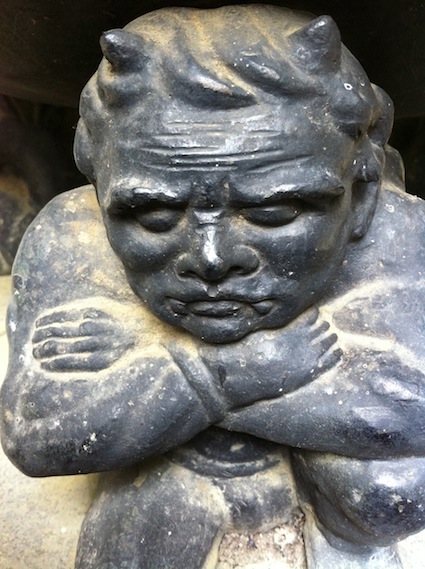1. 医師裁判(Doctors' Trial)
(1946年12月9日 - 1947年8月20日)::23 Nazi physicians of the Action T4.[→ニュルンベルク医師裁判]
2. エアハルト・ミルヒ裁判 (Milch
Trial)(1947年
1月2日 - 1947年4月14日):Field Marshal Erhard Milch of the Luftwaffe.
「エアハルト・ミルヒ裁判では元ドイツ国防軍空軍元帥エア
ハルト・ミルヒが通例の戦争犯罪と人道に対する罪で起訴され、起訴状は1946年11月14日に出された[1]。裁判官の1人であるマイケル・ムズマンノ
(英語版)はミルヒの嫌疑を下記のように概述した[2]。1)強制労働を
含む企てにおいて、主犯と従犯として戦争犯罪を故意に行った疑い。ならびに戦争捕虜
を国際慣習と戦争の国際法と慣習に違反して扱うことを故意に行った行い【有罪】。2)被験者の同意を得ずに行う致命的な医学実験の企てであると知りながら関与した疑
い【無罪】。3)上記と同じ強制労働と致命的な医学実験の疑いであるが、被害者がドイツ国民または他国民と宣言された場合【有罪】。
ミルヒは1946年12月20日に全ての告発に対し無罪を主張した。裁判は1947年1月2日から4月17日まで行われ、結果は1つ目と3つ目の告発が有
罪、2つ目が無罪となった。4月17日に終身禁固刑の判決を受け、ミュンヘン近くのレブドルフ刑務所(Rebdorf
Prison)に収監された。1951年、ジョン・ジェイ・マックロイ(英語版)によって懲役15年に減刑され、1954年6月に仮釈放された[3]
[4]」(「エアハルト・ミルヒ裁判」)
3. 法曹裁判(Judges'
Trial) (1947年3月5日 - 1947年12月4日):16 Nazi German "racial purity"
jurists
"The defendants in this case were 16 German jurists and lawyers.
Nine had been officials of the Reich Ministry of Justice, the others
were prosecutors and judges of the Special Courts and People's Courts
of Nazi Germany. They were—amongst other charges—held responsible for
implementing and furthering the Nazi "racial purity" program through
the eugenic and racial laws./ Indictment:1) Participating in a common
plan or conspiracy to commit war crimes and crimes against humanity; 2)
War crimes through the abuse of the judicial and penal process,
resulting in mass murder, torture, plunder of private property.3)
Crimes against humanity on the same grounds, including slave labor
charges. 4) Membership in a criminal organization, the NSDAP or SS
leadership corps." - Judges' Trial.
4. 親衛隊経済管理本部裁判(Pohl Trial) (1947年4月8日 - 1947年11月3日):Oswald Pohl
and 17 SS officers.
"The Pohl trial against the Nazi German administration of the
"Final Solution" (also known as the WVHA Trial and officially The
United States of America vs. Oswald Pohl, et al) was the fourth of the
twelve trials for war crimes..../ In the Pohl case,
SS-Obergruppenführer Oswald Pohl and
17 other SS officers employed by the SS
Main Economic and Administrative Office
(abbreviated in German as SS-WVHA), were tried for war crimes and
crimes against humanity committed during the time of the Nazi regime.
The main charge against them was their active involvement in and
administration of the "Final Solution". The WVHA was the Nazi
government office that ran the concentration and extermination camps.
It also handled the procurement for the Waffen SS and, as of 1942, the
administration of the SS-Totenkopfverbände.[1]" - Pohl Trial.
5. フリードリヒ・フリック裁判(Flick Trial)
(1947年4月19日 - 1947年12月22日):Friedrich Flick and 5 directors of his
companies.
"The defendants in this case were Friedrich Flick
and five other high-ranking directors of Flick's group of companies, Flick
Kommanditgesellschaft, or Flick KG. The charges centered on slave labor and plundering, but Flick and the most
senior director, Otto Steinbrinck,
were also charged for their membership in the "Circle of Friends of
Himmler." The circle was a group of influential German industrialists
and bankers—founded in 1932 by Wilhelm Keppler
and taken over by Himmler in 1935—for the purpose of giving financial
support to the Nazis. Its members "donated" annually about 1 million
Reichsmark to a "Special Account S" in favor of Heinrich Himmler." - Flick Trial.
6. IG・ファルベン裁判(IG Farben Trial)
(1947年8月27日 - 1948年7月30日):directors of IG Farben, maker of Zyklon B.
" IG Farben was the private German
chemicals company
allied with the Nazis that manufactured the Zyklon B gas used to commit
genocide against millions of European Jews in the Holocaust.../ The IG
Farben Trial was the second of three trials of leading industrialists
of Nazi Germany for their conduct during the Nazi regime. (The two
other industrialist trials were the Flick Trial and the Krupp
Trial.).../ The defendants in this case had all been directors of IG
Farben, a large German conglomerate of chemical firms. The company had
been a major factor already in World War I, when their development of the Haber–Bosch process for
nitrogen fixation compensated for Germany's being cut off from
the Chilean nitrate trade and allowed
IG Farben to produce synthetic nitrate and extract and process nitrogen
for use in agricultural fertilizer.
(Nitrate is an important component for the fabrication of explosives
such as gunpowder, dynamite or TNT.) In World War II, Degesch [Deutsche
Gesellschaft für Schädlingsbekämpfung mbH](42.5 per cent owned by IG
Farben) was the trademark holder of Zyklon B, the poison gas used at
some Nazi extermination camps.[1] IG Farben also developed processes
for synthesizing gasoline and rubber
from coal,
and thereby contributed much to Germany's ability to wage a war despite
having been cut off from all major oil fields. The charges consequently
centered on preparing to wage an aggressive war, but also on slave labor and plundering"- IG Farben Trial.
7. 捕虜裁判(Hostages
Trial) (1947年7月8日 – 1948年2月19日):12 German generals of the Balkan
Campaign.
「被告は全員バルカン半島の戦いでギリシャ・アルバニア・ユーゴスラヴィアなど南東ヨーロッパに駐留したドイツ軍の指揮官である。捕虜
やパルチザンの殺害、民間人を人質にとった行為についての裁判」-捕虜裁判.
"The accused faced four charges of having committed war crimes
and crimes against humanity: 1) Mass murder of hundreds of thousands of
civilians in Greece, Albania, and Yugoslavia by having ordered hostage
taking and reprisal killings. 2) Plundering and wanton destruction of
villages and towns in Norway, Greece, Albania, Yugoslavia. Murder and
ill-treatment of prisoners of war, and arbitrarily designating
combatants as "partisans", denying them the status of prisoners of war,
as well as their killing. 4) Murder, torture, deportation, and sending
to concentration camps of Greek, Albanian, and Yugoslav civilians." - Hostages Trial.
8. 親衛隊人種ならびに移住本部裁判(RuSHA Trial)(1947年
10月20日 - 1948年3月10日)[Rasse-und Siedlungshauptamt der SS, RuSHA ]:14
racial cleansing and resettlement officials.
"The RuSHA trial against the SS racial policies of genocide
(officially, United States of America vs. Ulrich Greifelt, et al)../ In
the RuSHA Trial, the 14 defendants were all officials of various SS
organizations responsible for the implementation of the Nazi "pure
race" programme: including RuSHA (Rasse- und Siedlungshauptamt, the "SS
Race and Settlement Main Office");
the office of the Reich Commissioner for the Consolidation of German
Nationhood (Reichskommissar für die Festigung des deutschen Volkstums,
RKFDV; a post held by Heinrich Himmler); the Repatriation Office for
Ethnic Germans (Volksdeutsche Mittelstelle, VoMi); and the Lebensborn
society. The charges centered on their
racial cleansing and resettlement activities." - RuSHA Trial.
「ヒムラーは、1931年12月31日の親衛隊員の結婚に関する命令の中で「SSは特別に選抜されたドイツ北欧人種の団
体である」と定め、「隊員の婚姻は1932年1月1日より許可制とする」と定めた。そして申請された婚姻について人種・遺伝的関係から調査を行う機関とし
てリヒャルト・ヴァルター・ダレ親衛隊大佐(当時)のもとに親衛隊人種及び移住局を創設させた。/RuSHAの人種委員会は人種について「1、純粋北欧人
種」、「2.圧倒的に北欧人種であるかファーレン人種」「3.基本的に先の2つの人種だが、それにアルプス山地人種、ディナール人種(南欧)、地中海人種
が少し混じっている人種」「4.東方(東欧)系。もしくはアルプス系混血」「5.ヨーロッパ人以外の外人種との混血」という5種類の分類を行い、親衛隊員
として選抜されうるのは1から3までと定め、親衛隊員入隊希望者の人種的選抜を行った。/親衛隊員の教育はRuSHAが担っており、ヒムラーとダレのイデ
オロギーに基づいた人種教育が行われていたが、「アーリア人史」など空虚な人種的妄想や民族主義の講義は隊員たちからすぐに飽きられて不人気だった。親衛
隊の本部制が導入されると、1935年1月30日に親衛隊本部とともに一番初めに親衛隊の本部に昇格した[6]。ダレは1935年に制定されたニュルンベ
ルク法に定められた「人種・遺伝的犯罪」を犯した者の逮捕の執行権限を親衛隊人種及び移住本部に求めていたが、その権限はラインハルト・ハイドリヒの保安
警察本部にあった。1938年にダレとヒムラーの関係は悪化し、ヒムラーは本部長をギュンター・パンケに変更した[3]。第二次世界大戦中には影響力をか
なり弱め、占領地域へのドイツ人の移住・入植問題をドイツ民族性強化国家委員会本部や
ドイツ民族対策本部と連携して担当した[3]。しかしRuSHAの人種専門家達は占領した地域に占領後すぐに純血ドイツ人を84万人、ついで110万人、
その後毎年20万人を10年にわたって移住させるなどという計画を立てていたという。/そのほかの主要任務としては「レーベンスボルン(Lebensborn)」と「アーネンエルベ(Ahnenerbe)」の実質的な運営があった」(「親衛隊人種及び移住本部」)
9. アインザッツグルッペン裁判(Einsatzgruppen
Trial) (1947年9月29日 - 1948年4月10日) :24 officers of Einsatzgruppen
"Einsatzgruppen "task forces"[1] or "deployment groups")[2]
were Schutzstaffel (SS) paramilitary death squads of Nazi Germany that
were responsible for mass killings, primarily by shooting, during World
War II (1939–45). The Einsatzgruppen were involved in the murder of
much of the intelligentsia, including members of the priesthood,[3] and
cultural elite of Poland, and had an integral role in the
implementation of the so-called "Final Solution to the Jewish Question"
(Die Endlösung der Judenfrage) in territories conquered by Nazi
Germany. Almost all of the people they killed were civilians, beginning
with the intelligentsia and swiftly progressing to Soviet political
commissars, Jews, and Romani people as well as actual or alleged
partisans throughout Eastern Europe." - Einsatzgruppen.

Executions
of Jews by German army mobile killing units (Einsatzgruppen) near
Ivangorod Ukraine, 1942
"The Einsatzgruppen were Schutzstaffel (SS) mobile death
squads, operating behind the front line in Nazi-occupied eastern
Europe. From 1941 to 1943 alone, they murdered more than one million
Jews and tens of thousands of "partisans", Romani, people with
disabilities, political commissars, Slavs, homosexuals and others. The
24 defendants in this trial were all officers of these Einsatzgruppen
and faced mass murder charges. " - Einsatzgruppen
Trial.
"The Reich Main Security Office[a] (German:
Reichssicherheitshauptamt or RSHA) was an organization subordinate to
Heinrich Himmler in his dual capacities as Chef der Deutschen Polizei
(Chief of German Police) and Reichsführer-SS, the head of the Nazi
Party's Schutzstaffel (SS). The organization's stated duty was to fight
all "enemies of the Reich" inside and outside the borders of Nazi
Germany." - Reich
Main Security Office.
10. クルップ裁判(Krupp
Trial) (1947年12月8日 - 1948年7月31日):12 directors of the Krupp Group.
"The Krupp Trial was the third of three trials of German
industrialists; the other two were the Flick Trial and the IG Farben
Trial./ In the Krupp Trial, twelve former directors of the Krupp Group were
accused of having enabled the armament
of the German military forces and thus having actively
participated in the Nazis' preparations for an aggressive war, and also
for having used slave laborers in
their companies. The main defendant was Alfried Krupp von Bohlen und Halbach,
CEO of the Krupp Holding since 1943 and son of Gustav
Krupp von Bohlen und Halbach who had been a defendant in the main
Trial of the Major War Criminals before the IMT-International Military
Tribunal (Nuremberg
trials) (where he was considered medically unfit for trial)." - Krupp Trial.
11. 大臣裁判(Ministries
Trial) (1948年1月6日 - 1949年4月13日):21 officials of Reich ministries.
"大臣や各省の次官、親衛隊(SS)幹部などナチ体制で政治指導的地位にあった者が被告人として裁かれた。ニュルンベルク継続裁判の中
では最大の大物が集められた裁判と言われる。死刑になった被告は一人もいなかった。被告人は...21人" - 大臣裁判.
12. 国防軍最高司令部裁判 (High Command
Trial)(1947年12月30日 - 1948年10月28日):14 High Command generals.
++

